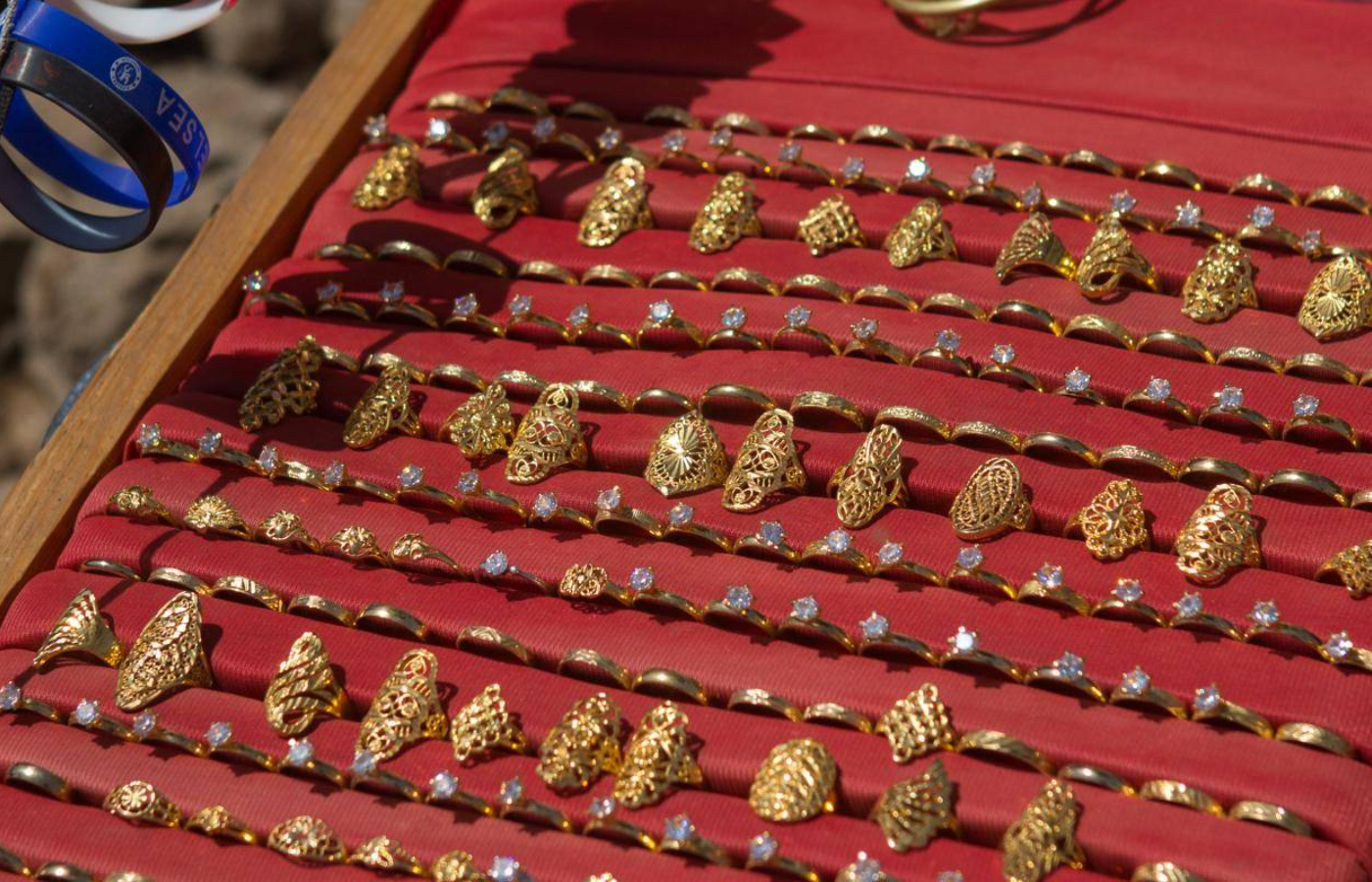Gold Prices in Ethiopia Jump 100% YoY to 25,000 Birr, Echoing Worldwide Bull Run

Gold in Ethiopia surged to 25,000 birr per gram for 24-karat gold on Friday, up from 24,000 birr on Tuesday, continuing a sharp rally over recent weeks. A month ago, prices hovered around 18,500–19,000 birr per gram, meaning the local price has more than doubled compared with the same period last year, reflecting both domestic economic pressures and global market trends.
The local rally mirrors broader global movements. Spot gold has surpassed 4,300 US dollars per ounce, supported by expectations of U.S. Federal Reserve rate cuts, renewed U.S.–China trade tensions, central bank purchases, and persistent economic uncertainty.
Investors continue to view gold as a safe-haven asset, pushing its total market capitalization (XAU) above 30 trillion US dollars, with overnight gains of 300 billion US dollars. Over the last five years, global gold prices in dollars have increased by roughly 125 percent, from around 1,885 US dollars per ounce in October 2020 to 4,250 US dollars per ounce this month.
Ethiopia’s domestic dynamics have amplified the rally. The country’s shift to a floating exchange rate has sharply weakened the birr, which fell from roughly 37 ETB/USD in October 2020 to 148 ETB/USD today.
Combined with local inflation above 20 percent and limited foreign currency availability, these factors have fueled demand for gold as both an investment and a hedge against currency risk. Prices in Ethiopia have risen nearly 800 percent over the past five years, far outpacing global gains in dollar terms.
“The last three days have witnessed price variations, and this is stimulating the market,” said Tijani Adem, head of the Benishangul-Gumuz Mining Bureau. He noted that around 1,700 kilograms of gold were delivered to the National Bank of Ethiopia (NBE) in the first quarter alone, representing a 100 percent year-on-year increase.
According to Mikiyas Mulugeta (PhD), an independent consultant and analyst, “Central banks are moving toward rate cuts, and emerging economies are diversifying their investments. In such an environment, gold remains one of the few assets viewed as a stable hedge against uncertainty.” He added that global inflation and persistent geopolitical tensions reinforce gold’s appeal.
Locally, Ethiopia’s transition to a floating exchange rate has further amplified price pressures. Wondemagegnehu Gebre-Sellassie, a mining lawyer, said, “The policy led to birr depreciation, and with gold prices determined internationally, the floating regime has amplified local price pressures.”
Mikiyas also emphasized domestic drivers: “The devaluation of the birr, rising inflation, volatile and limited foreign currency availability, and the introduction of sweeping economic laws are driving Ethiopian investors to trusted commodities like gold. Gold acts not only as a global hedge but also as a psychological anchor for investors during uncertain times.”
Traders around Piassa in Addis Ababa described the market as “very cool,” with cautious activity dominating. “These last two weeks are very hard as the price changes every day. Most of us are waiting to see if prices climb further. The market feels stable, but volatile at the same time,” one trader said.
Eyobel Mindaye, who purchased 2.8 grams at 17,500 birr per gram a month ago, added, “Deciding whether to buy now or in a few days is difficult. If you wait, the price may rise instead of falling.”
The official market is becoming more competitive. The NBE’s official gold price stood at 20,364.40 birr per gram on Friday, up from 19,572.70 birr on Wednesday. Last month, the official rate was 17,021.96 birr per gram, while the same time last year it stood at 10,319.46 birr per gram—a nearly 100 percent increase over 12 months.
By contrast, in the gleaming gold markets of the United Arab Emirates, 24K gold is priced at a more grounded 510.50 AED per gram, translating to approximately 20,700 birr per gram at an exchange rate of roughly 40.59 AED/ETB.
For those trading closer to the spot market, prices may dip slightly to 500–501 AED, or about 2,150–2,154 ETB per gram, though retail purchases in Dubai’s famed souks often carry a small premium of 4–5 AED for craftsmanship. The UAE’s position as a global trading hub keeps its prices competitive, tethered closely to the international spot price of around 3,450 USD per ounce (111 USD per gram).
Despite growing formal channels, about 61 percent of Ethiopian gold production bypasses official channels, often sold locally or smuggled abroad, limiting potential foreign exchange earnings. Formal gold submissions, however, have increased: in the 2024/25 fiscal year, roughly 37 tons were delivered through official channels, with Tigray contributing 18.9 tons, or 51 percent of the total. Revenues from these deliveries exceeded 2.1 billion US dollars, strengthening Ethiopia’s foreign reserves.
The NBE has introduced several incentives to encourage formal trade, including premiums above international prices, aligning local rates with daily exchange rates, providing 95 percent upfront payment on delivery, and allowing large-scale producers to retain up to 50 percent of export earnings in foreign currency for three months. Duty-free privileges for mining equipment and measures to curb illicit trade have also been rolled out.
“Thanks to government reforms, this quarter reflects a 200 percent growth compared with last year. Over 2,000 licenses have been mobilised per month,” Tijani said, attributing the rise to awareness campaigns and incentives encouraging traders to shift to the official market.
However, experts caution that these measures remain insufficient. An industry observer, speaking anonymously, said, “The absence of a refinery continues to limit quality control and value addition. Most of the gold is blended, and with limited financial mobilisation, the incentives may not convince investors to reinvest. They are looking for more suitable locations as their capital is significant.”
Tijani Adem also highlighted operational constraints: “We have expertise, but there is a shortage of materials and equipment for exploration. Logistics remain an issue, and the structural weakness that prevents the enormous potential from being fully utilized also affects the sector.”
Market watchers expect continued volatility, with domestic prices likely to follow global trends and investor sentiment in the coming days.